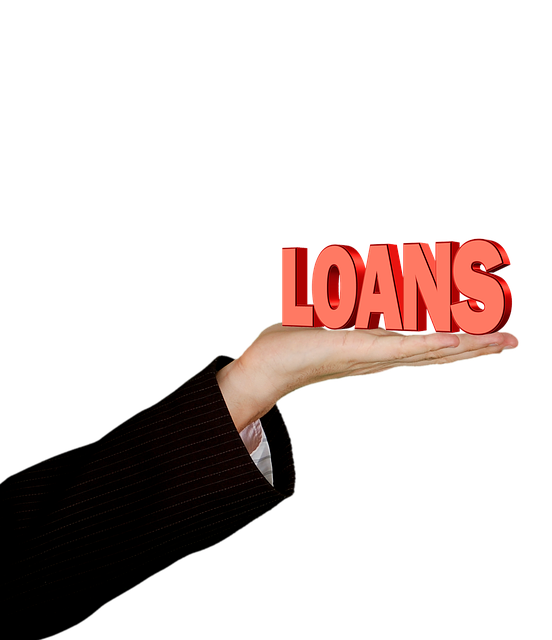Secured and unsecured loans are options for consolidating credit card debt. Secured loans use assets as collateral, offering lower interest rates but requiring collateral. Unsecured loans provide flexibility without collateral but have higher interest rates and may have stricter terms. To avoid risks like higher total interest charges, consider alternatives like low-interest balance transfer cards or debt management plans.
Understanding the difference between secured and unsecured loans is crucial when seeking financial solutions. This article aims to guide you through these loan types, focusing on their distinct features and how they impact your finances. Secured loans, backed by collateral, offer benefits like lower interest rates, while unsecured loans provide flexibility but carry higher risks. For those looking to consolidate credit card debt, understanding these options is essential for making informed decisions. Explore the pros and cons to find the best path toward financial stability.
- Understanding Secured Loans: How They Work and Their Benefits
- Unsecured Loans: Risks, Requirements, and Alternatives for Credit Card Debt Consolidation
Understanding Secured Loans: How They Work and Their Benefits
Secured loans are a type of financing where the borrower offers an asset as collateral to secure the loan. This could be anything from a car or property to savings accounts or investments. The lender uses this collateral as protection against the risk of non-repayment, which often results in lower interest rates for borrowers.
One of the main benefits of secured loans is their potential to help individuals consolidate credit card debt. By bundling multiple high-interest credit card balances into a single loan with a potentially lower interest rate, borrowers can simplify their payments and potentially save money. This structured approach allows them to focus on repaying the loan more effectively, ultimately helping them reduce their overall debt burden.
Unsecured Loans: Risks, Requirements, and Alternatives for Credit Card Debt Consolidation
Unsecured loans, as the name suggests, do not require any collateral or security to be offered by the borrower. This makes them a riskier proposition for lenders since they have no guarantees in case of default. As a result, unsecured loan interest rates tend to be higher compared to secured loans. Borrowers with strong credit profiles may still secure competitive rates, but those with lower credit ratings could face stricter terms and conditions.
When considering unsecured loans for credit card debt consolidation, it’s crucial to evaluate the potential risks and alternatives. Higher interest rates mean that over time, you’ll pay more in total interest charges. Additionally, there might be penalties for early repayment, which can offset any savings from lower monthly payments. Exploring alternatives like balance transfer credit cards with low-interest promotions or debt management plans can provide more favorable terms for consolidating credit card debt without the risks associated with unsecured loans.
When considering options to consolidate credit card debt, understanding the differences between secured and unsecured loans is crucial. Secured loans offer benefits like lower interest rates and flexible terms, as they’re backed by collateral, while unsecured loans provide convenience but come with higher risks and stricter qualifications. Evaluating your financial situation and comparing these loan types can help you make an informed decision to best manage your debt.
